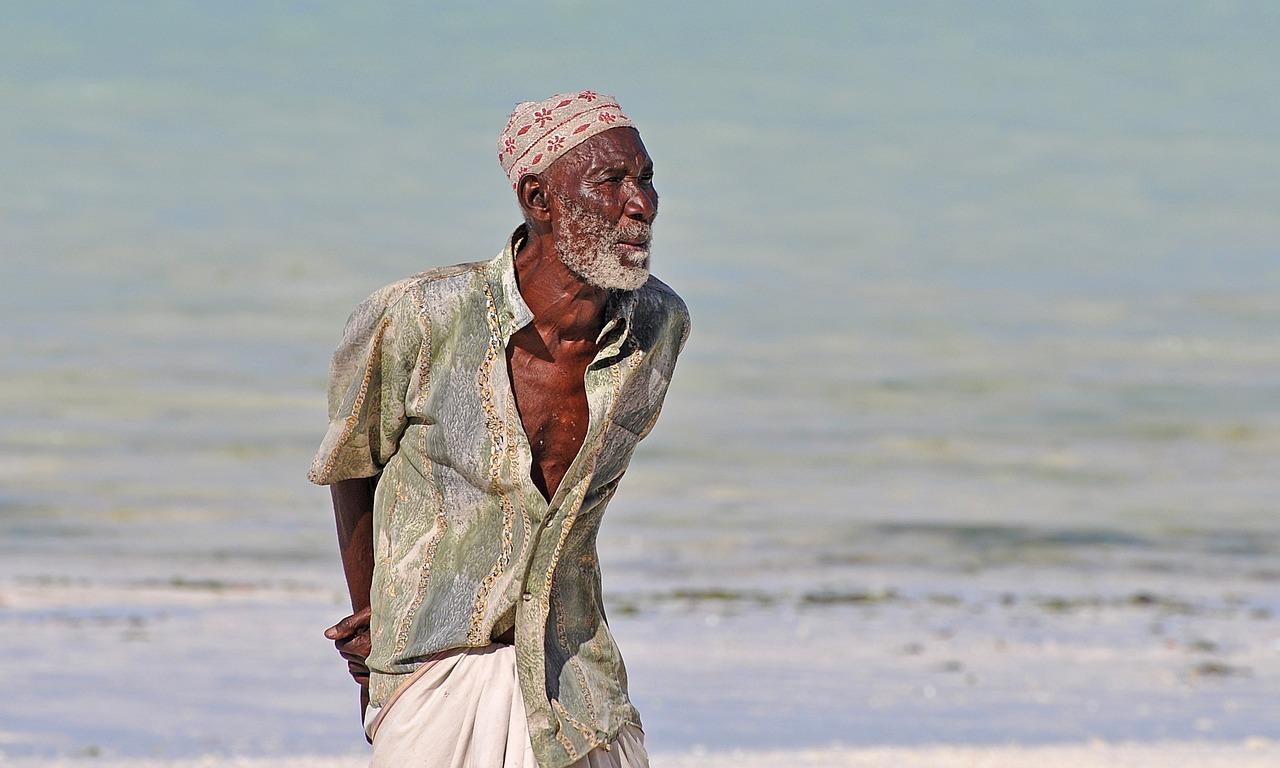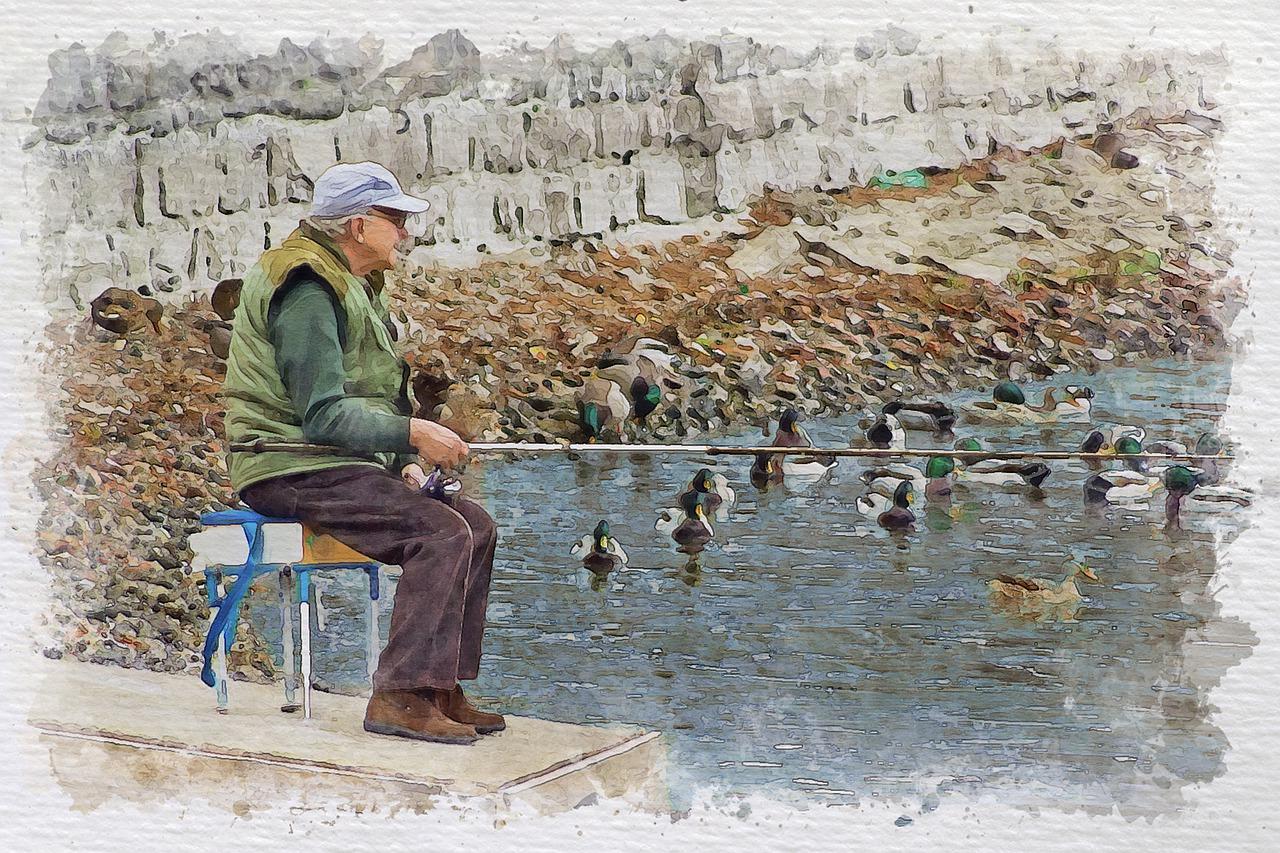In the world of literature, there are stories that touch our souls and resonate with our experiences. One such tale is “The Old Man and the Sea,” written by the legendary Ernest Hemingway. Published in 1952, this novella explores themes of resilience, hope, and the indomitable human spirit.
In this blog post, we will delve deep into the main message of “The Old Man and the Sea.” We’ll unravel the story of Santiago, an aging fisherman who embarks on a personal odyssey to prove his worth and resilience. Along the way, we’ll discover the profound lessons the book imparts and explore the rich symbolism that captivated readers for generations.
So, grab a cup of coffee, find a cozy spot, and join us as we unravel the timeless wisdom hidden within the pages of “The Old Man and the Sea.” Let’s dive in and uncover why this masterpiece continues to touch hearts, even seventy years after its publication.

The Hidden Gems of “The Old Man and the Sea”
Understanding the True Essence
If you think “The Old Man and the Sea” is just a story about an old man and a marlin, boy, are you in for a surprise! This classic American novel, written by the legendary Ernest Hemingway, is packed with layers of meaning and profound messages about life, perseverance, and the human spirit. So, grab your fishing rod and let’s dive into the deep waters of understanding!
1. The Triumph of the Human Spirit
In this epic tale, Hemingway beautifully portrays the indomitable strength of the human spirit. Santiago, the old man, represents the enduring nature of human resilience. Despite his physical challenges and the odds stacked against him, he refuses to give up. Through Santiago, Hemingway reminds us that no matter the hardships we face, we must always persevere and stay strong.
2. The Perils of Isolation
As Santiago battles the sea alone, we can’t help but ponder the perils of isolation. Hemingway expertly highlights the emotional and psychological toll that solitude can take on a person. Although Santiago is physically alone on his boat, his connection with the surrounding nature and his thoughts keep him company. It serves as a reminder that even in our darkest moments, we are never truly alone as long as we find solace within ourselves.
3. The Nature of Man vs. Nature
“The Old Man and the Sea” also explores the timeless theme of man versus nature. Santiago’s struggle with the magnificent marlin represents the eternal conflict between humankind and the powerful forces of nature. Hemingway shows us that while man can temporarily conquer nature, the ultimate victor is always the sea. It humbles us, teaches us respect, and reminds us of our insignificance in the grand scheme of things.
4. The Beauty of Simplicity
Hemingway’s minimalist writing style shines through in this novella, emphasizing the beauty of simplicity. Through Santiago’s humble life and straightforward desires, we learn that true happiness lies in appreciating the simple pleasures. In a world filled with materialism and complexity, “The Old Man and the Sea” encourages us to find contentment in the small joys that surround us every day.
5. The Endurance of Dreams
Dreams, both literal and metaphorical, play a significant role in this masterpiece. Santiago’s dream of catching the big fish represents the aspirations and ambitions we hold close to our hearts. Although his dream is ultimately shattered, Santiago’s resilience shines through, teaching us that even when our dreams crumble, they still hold immense value. Our dreams are what keep us going, guiding us towards a life filled with purpose and determination.
A Saga for the Ages
“The Old Man and the Sea” continues to capture the hearts and minds of readers worldwide. Hemingway’s evocative storytelling and profound messages make this novel a timeless classic. So, take a journey alongside Santiago, and discover the hidden gems that lie beneath the surface of this literary masterpiece. Remember, life may throw its challenges our way, but as long as we keep our spirits high and our dreams alive, we, too, can conquer our own metaphorical marlins.

Frequently Asked Questions about the Main Message of “The Old Man and the Sea”
Introduction:
In this FAQ-style subsection, we will address some of the most common questions about the main message of Ernest Hemingway’s classic novella, “The Old Man and the Sea.” From the symbolism of the marlin to Santiago’s deep sense of hope and perseverance, we’ll explore the profound themes and lessons conveyed in this timeless tale.
1. In what month do the great fish come
In “The Old Man and the Sea,” the great fish, such as marlins, typically arrive in the month of September. This period is crucial for Santiago, the old man in the story, as he hopes to end his streak of bad luck and prove his worth as a skilled fisherman.
2. Does Santiago die at the end of “The Old Man and the Sea”
While Santiago faces immense physical and emotional challenges during his fishing expedition, he doesn’t die at the end of the novella. Instead, his strength of spirit and determination shine through, demonstrating the resilience of the human spirit.
3. Why did Santiago finally lose hope
Santiago’s loss of hope stems from his struggle with the marlin, a magnificent creature that he catches but can’t bring back to shore intact. Despite his valiant efforts, the sharks attack and mutilate the marlin during his journey home, leading Santiago to lose hope in preserving his hard-earned prize.
4. Why can’t Santiago look at the mutilated marlin
Santiago’s inability to look at the mutilated marlin showcases the deep respect he has for the fish and the pain it represents. It symbolizes the devastating loss that Santiago experiences, reminding him of the transient nature of success and the vulnerability of the human spirit.
5. Was Santiago a success or a failure
Santiago’s story can be interpreted as both a success and a failure. While he fails to bring the marlin back to shore intact, depriving him of the physical trophy, his triumph lies in his unwavering courage, endurance, and the wisdom he gains from his struggle. Success, in Santiago’s case, is measured by the strength of character rather than material gain.
6. What saddens Santiago when he catches a female Marlin
When Santiago finally catches a female marlin, he feels a sense of sorrow and sympathy. He recognizes the potential for life and the beauty of the natural order, realizing that killing such a majestic creature robs the world of future generations.
7. What are the major themes in “The Old Man and the Sea”
“The Old Man and the Sea” encompasses several major themes. These themes include the indomitable spirit of perseverance, the inevitable presence of struggle in life, the cycles of nature and the interconnectedness of all living beings, the fragility of dreams, and the pursuit of personal redemption.
8. What did Santiago mean by “pain does not matter to a man”
When Santiago proclaims that “pain does not matter to a man,” he emphasizes the importance of mental fortitude and endurance. He acknowledges suffering as an integral part of life’s challenges and underscores the idea that true strength lies in the ability to endure hardships without succumbing to despair.
9. Where does the old man go to end his unlucky streak
To end his unlucky streak, Santiago embarks on an epic journey far into the Gulf Stream. Going beyond his usual fishing grounds, he seeks to fish in deeper waters, where he hopes to find the elusive marlin that will bring an end to his ill fortune.
10. What is the main message of “The Old Man and the Sea”
The main message of “The Old Man and the Sea” revolves around the themes of resilience, bravery, and the triumph of the human spirit in the face of adversity. It teaches us that true success is not always measured by external accomplishments, but by our ability to persevere, maintain dignity, and find meaning in our struggles.
11. Why is Santiago a hero
Santiago is considered a hero for his unwavering determination, remarkable resilience, and unyielding spirit. Despite his age and physical limitations, he exemplifies the qualities of a true hero by facing the challenges of nature with admirable courage and grace.
12. Why did Manolin stop fishing with Santiago
Manolin, Santiago’s young apprentice, is forced to abandon fishing with the old man due to his parents’ belief that Santiago is cursed, bringing bad luck to those around him. Their decision, however, doesn’t diminish Manolin’s deep affection and admiration for Santiago, as he continues to support him emotionally and offers assistance in any way he can.
13. What was the saddest thing the old man ever saw
The saddest thing Santiago ever saw was a wounded dolphin he encountered in the sea. The sight of the dying dolphin, struggling in pain, fills him with deep sadness and triggers reflections on the transient nature of life and human mortality.
14. What does “salao” mean
“Salao” is a term used in the novella to describe Santiago’s persistent state of bad luck or unlucky streak. Hemingway portrays Santiago as a salao, further emphasizing the significance of his enduring struggle against adversity.
15. What is wrong with Santiago’s hand
Santiago’s hand is wounded and weakened by the heavy strain of his fishing line as he struggles to catch the marlin. Hemingway vividly portrays this physical ailment to highlight the toll that Santiago’s relentless pursuit of the marlin takes on his body.
16. What is the irony at the end of “The Old Man and the Sea”
The irony at the end of “The Old Man and the Sea” lies in the fact that although Santiago loses his prized catch to the sharks, he returns to his village with the skeleton of the marlin. The skeleton, which was initially a symbol of defeat and loss, becomes evidence of Santiago’s undeniable skill and perseverance, earning him the admiration and respect of the villagers.
Conclusion:
By addressing these frequently asked questions about the main message of “The Old Man and the Sea,” we gain a deeper understanding of the novella’s powerful themes of resilience, determination, and the indomitable spirit of the human condition. As Santiago’s journey unfolds, we are reminded of our own capacity to face and conquer the challenges that come our way, finding strength in the face of adversity and meaning in life’s struggles.
